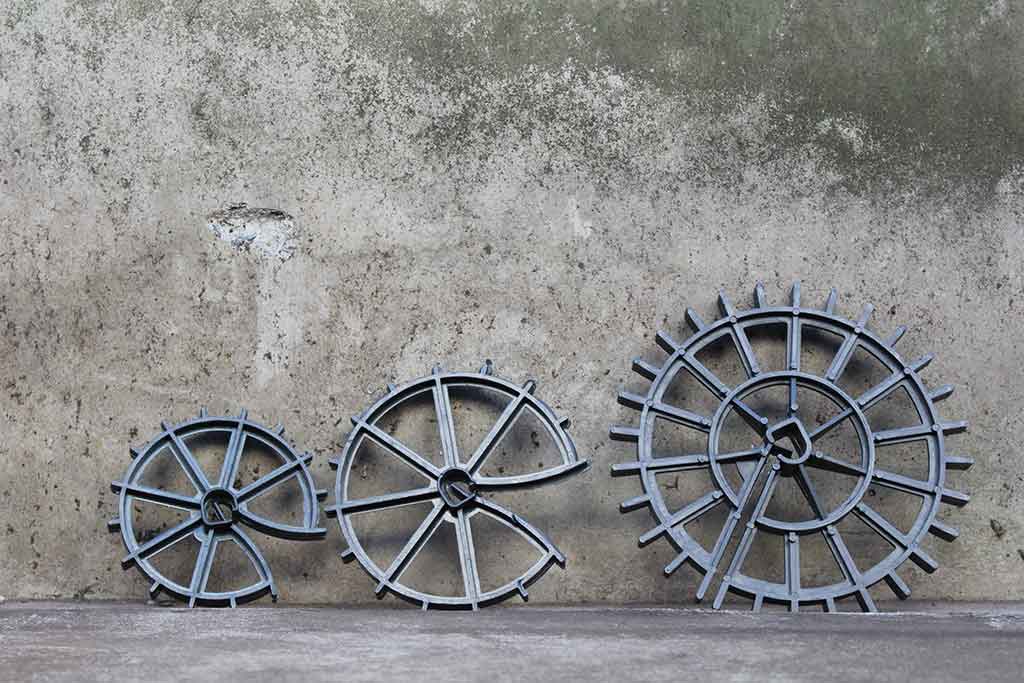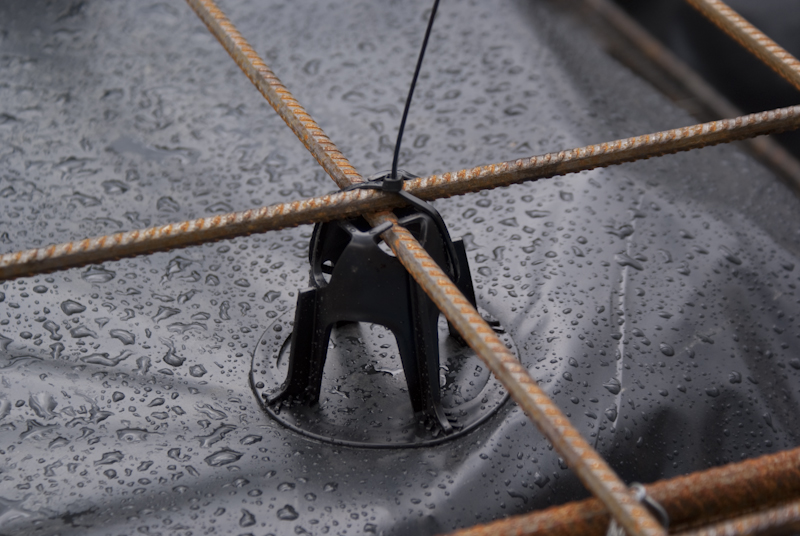Concrete is the most important building material for many structures and buildings nowadays and it’s often accompanied by steel to make it stronger and more durable. But how is concrete formed and supported before it solidifies? Well, this is thanks to what is known as formwork.
It comes in different materials and with different solutions made to support concrete no matter its orientation, placement and shape. It’s a type of scaffolding that helps concrete become self-supporting, it’s like a temporary nanny. You can come across, steel, timber and plastic formwork with steel being the most common material.
How to Choose a Spacer Chair

Surface
Like steel, a spacer chair is one of the most popular pieces of formwork. These reinforcing chairs are not that easy to choose though despite being so simple in design. For an adequate reinforcing spacer chair you should take into account the surface it will support. This will decide the shape of the spacer as firm formwork or bedding concrete can’t be safely supported by the exact same spacer chairs.
Structure
The type of structure a spacer or multitude of spacers need to support is going to determine not just the shape of the spacer but also its size and the material it comes made of. This will also affect the type of mesh the structure will need.
Mesh Layer
Also known as the mesh layer, it also comes in different variations such as a bottom or a top mesh layer. A bottom mesh layer is more forgiving as it can be supported by a wider variety of plastic spacer chairs. But when it comes to the top mesh layer you should get reinforcing chairs that have a large base area and preferably a cone-shaped one that won’t turn over.
Binding
Some structures require cage reinforcement and the binding requirements of steel rebar in this case must be taken into account. That’s because the reinforcement of concrete is not the same with beams, footings, slabs and other types of structures, therefore the binding requirements aren’t either.
Thickness
The thickness of the concrete cover affects the height of the reinforcing chair which is why the thicker the cover is the shorter the product will need to be. Reinforcing chairs are available in sizes between 5 mm and 10 mm depending on their design.
Diameter
Another dimension you need to be aware of is the diameter of the rebar being used, if it’s used. Although a reinforcing chair is made to accommodate different rebar diameters you should still be aware of the rebar diameter first in order to get the right size rebar chairs.
Installing Spacer Chairs

Prep
- The key to every installation process be it something more complex or not is how well you prepare. Especially if you’re going to be working with rebar, you should know to prepare the spacers by placing them 30 cm apart from each other.
- You should also secure the longitudinal bars using ties and the rebar chairs should be cleaned so that you reduce the risk of them rusting. Using a high-pressure power washer or abrasive pads is what helps.
- Remember to also apply a fusion-bonded epoxy coating on the rebars so you can further protect them from corrosion and make the structure last much longer.
Tying
- Next comes securing the rebar and making the right shape chair for the structure. This all goes down to your wire-tying technique. Made from low carbon annealed steel or PVC coated, wire rebar can be tied in many different ways.
- Although there are many others if you stick to the following you’ll be alright. These include the saddle method, the figure 8 method and the snap, hold and wrap method. All of these methods are going to keep the rebar in place as well as the reinforcing chairs. It’s all up to your own personal preference which method you’ll rely on.
Flow
- The last and probably most important part here is to ensure that you get adequate concrete flow when pouring fresh concrete around rebar reinforcing chairs. The rebar and chairs affect this so in order to get proper concrete flow you need to have the chairs with the appropriate spacing and ones that are stable too.
- The use of the correct height spacer chairs as well as the correct placement of rebars will also ensure correct concrete flow and ensure that the structure you’re making is going to last no matter what.
Final Thoughts
Working with concrete isn’t always as forgiving as it may seem, since despite that being the case in the beginning, once it’s set there’s no going back. This is why investing in the right hardware is crucial when building any concrete structure no matter how big or small. This way not only are there certain safety risks but you also make for a short-term project rather than one that will stand the test of time.